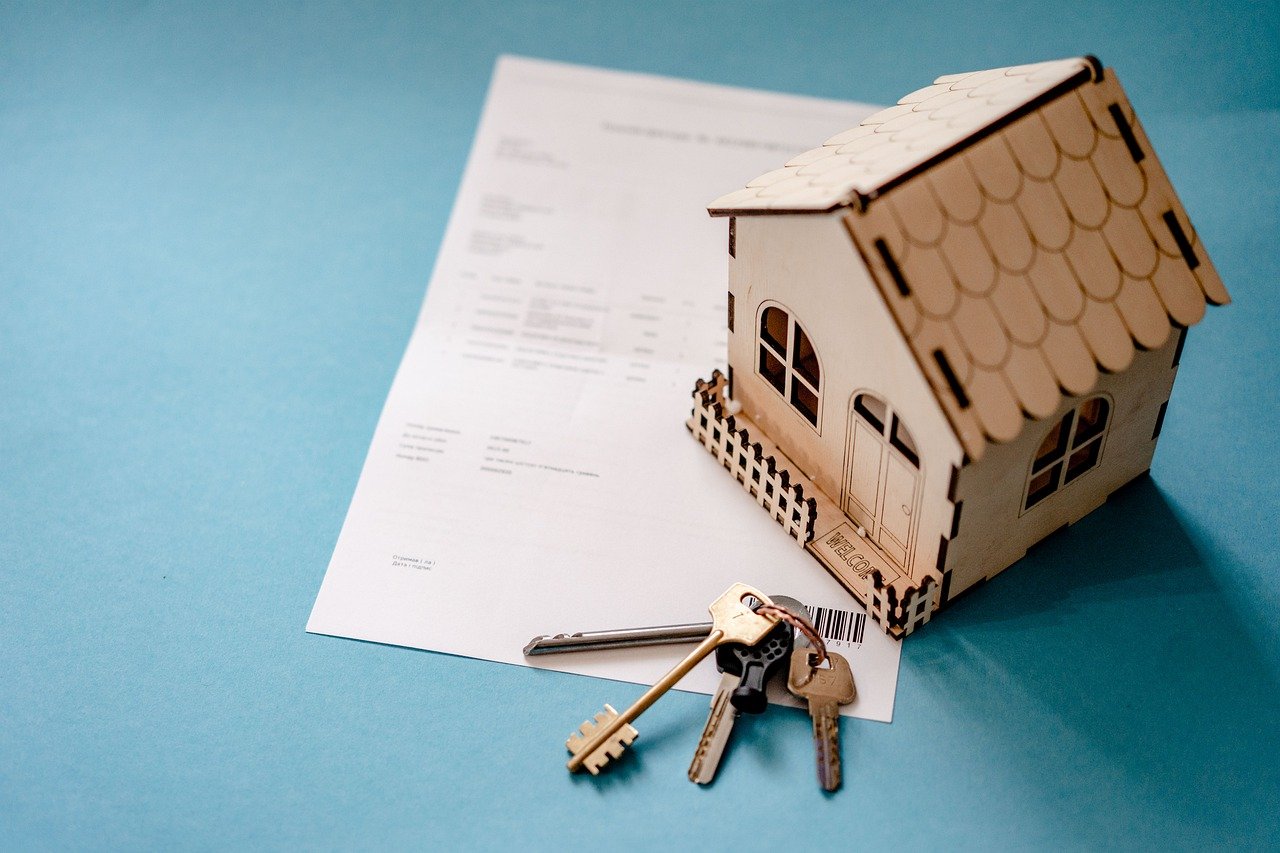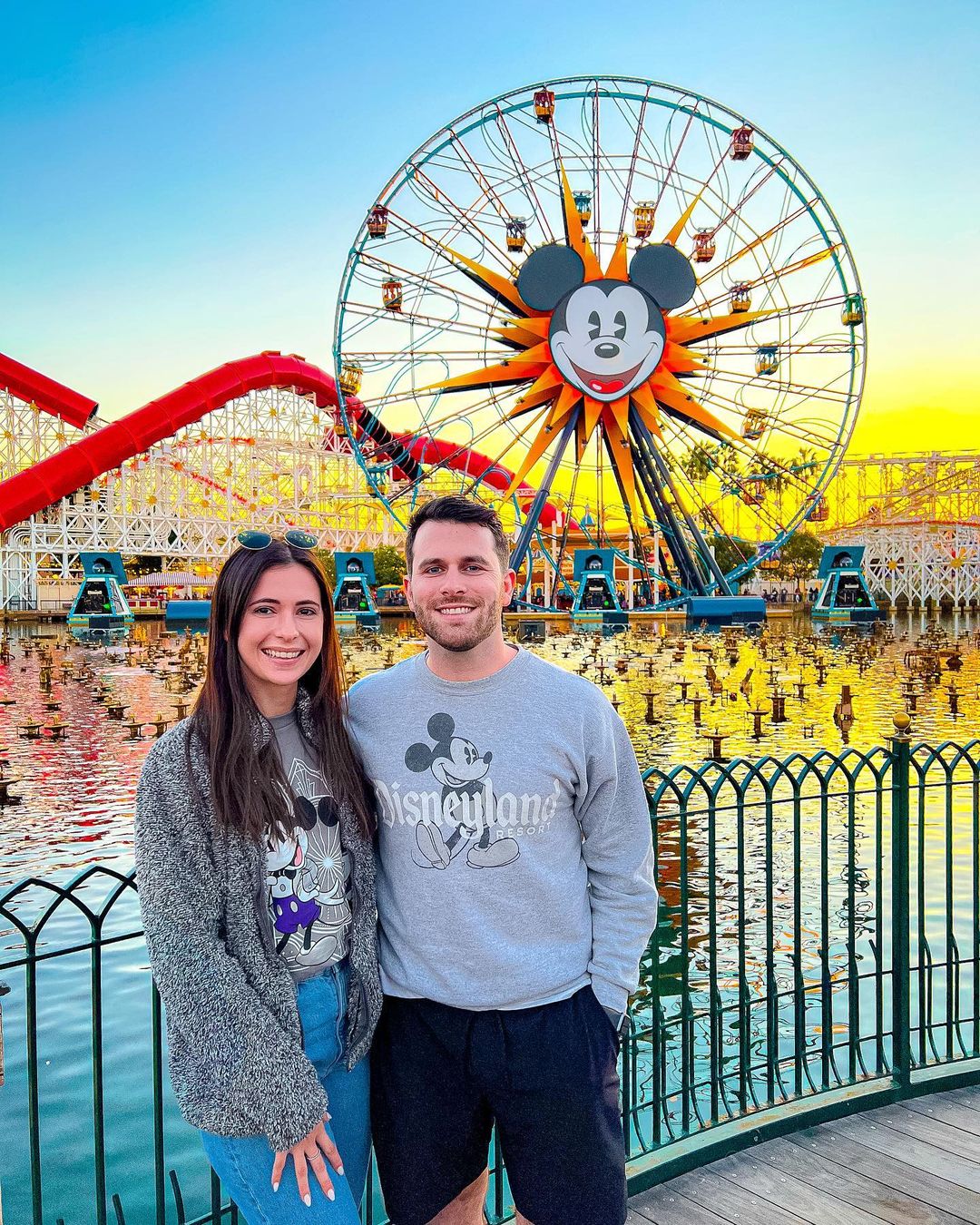The most common expression of a prospective buyer showing up at a property is that it looks different than it did online. Undeniably, many customers have frequently used the line “Looks can be deceiving,”, especially in real estate. To help you decide whether it is an expectation vs. reality and to spare you from the frustration, here are five common tricks seen in many real estate edited images:
Photo stretching to make the room appear bigger
You can easily tell if the listing photos have undergone stretching by simply looking at the appliances and doors. You can identify the size and proportions of standard objects such as teacups, burner grates on an oven/range, and a standard 24-inch-wide by 35-inch-tall dishwasher.
Does the refrigerator look more square than tall? Does the door seem huge or extra wide? If the photo has been stretched to make it appear bigger, do you know what size? Always look for inaccurate sizes, shapes, and proportions.
Low-angle exterior shot
Imagine a short person taking a picture; they would prefer to be shot on a low-angle, giving an illusion of being taller. The same goes for real estate. A small house would look bigger in the photos if it were taken on the low-angle exterior shot. It is because you are seeing the widest possible picture of the yard.
Another advantage of this shot angle is that it crops out unnecessary objects such as the adjacent street, driveways, and nearby homes. You can always use Google Street View to develop a more realistic picture of the lot size, but preferably, drive by it!
The fly-on-the-wall perspective (for tiny room)
You can easily notice that the bed looks much smaller than its adjacent little dresser in the photo above. The v-lines (sharp angles) in the ceiling are also seemingly off. This tiny room appeared much larger than its original size thanks to its wide-angle perspective. The photographer placed the camera in a far corner to do this, a view that only a fly on the wall could have, hence the name of the trick. When looking at real estate images, and if you can only see two full walls in the photo, it is a small room.
Oversaturation
Right on the spot, you can see if the photo is over-saturated. If the sky looks bright blue, are the grass and trees green, or is e the wood tones extra deep and rich? If it’s unnatural, chances are, it’s strange. It is often used in real estate edited images to make dull scenes more vibrant.
Wet surfaces appear brighter and cleaner
In the photo above, the deck is seemingly wet in the picture above despite the clear blue sky. Rinsing the deck brings out its strong wood color, and it even looks cleaner. In many real estate images, you’ll often see wet aggregate driveways, washed stone, sprayed rock walls, and shiny concrete walkways, and that’s because wet surfaces appear more vibrant and reflect more light making them sparkle.
Now that you already know what to look for in real estate images keep in mind that the goal is not always deception. After all, it is still a marketing strategy to persuade you into actually buying the real estate – and real estate edited images are all part of it.








